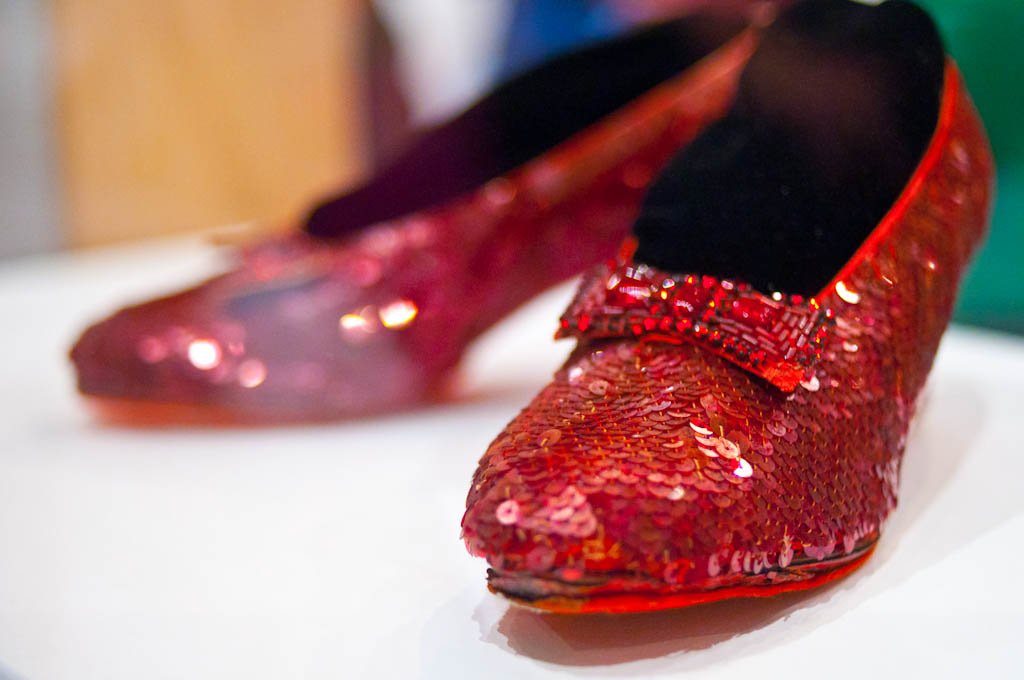I bet on at least one occasion you cheered for a high school or college team simply because it was the home team.
We’re generally biased toward our own school or town, so it’s only natural to want them to win. This type of bias is common and usually pretty harmless. We love a good game and enjoy the fun that comes with an age-old rivalry.
While this type of bias is a part of our daily lives, it isn’t offensive or harmful. Other types of bias, however—such as inadvertently including bias in your writing—are not only offensive to readers but also harmful to your grade.
Here’s what you need to know about avoiding bias in writing.
Avoiding Bias in Writing: How to Do It (and Why You Should)

Bias prevents you from being objective
Academic writing is all about being objective. The goal of most academic writing is to present information without personal opinion or bias.
If you’re writing a research essay, a scientific report, a literary analysis, or almost any other type of academic paper, avoiding bias in writing is especially crucial. You need to present factual information and informed assertions that are supported with credible evidence.
If you let your personal biases take over your writing, you’ve suddenly missed the whole point. It’s like completing only half of your science experiment because you think you already know the results. Your bias has tainted the experiment.
Personal bias will taint your writing too. Assuming you know all about affirmative action, for instance, even before you conduct your research, means you’ve let your bias influence your writing. It also means you’re less likely to objectively present information.
Here’s an example to help clarify.
Biased sentence due to lack of objectivity:
All journalists do their best to report factual information, but sometimes people misinterpret news stories.
This statement is biased because it is sympathetic to journalists and assumes they’re all honest and work hard to do their best work.
Less-biased sentence:
Most journalists do their best to report factual information, but sometimes people misinterpret news stories.
This statement is less biased because it presents a more objective view of journalists and their ability and desire to report honest, factual stories.
Bias can express false assumptions and beliefs and present a lack of sensitivity
Imagine getting an acceptance letter from a college, and the opening line reads, “Dear uninformed freshman.”
How would this statement make you feel? Shocked? Offended? Angry?
The college could argue that it’s using the phrase “uninformed freshman” because incoming freshmen simply don’t understand some of the policies and procedures of college life. It might argue that the letter is designed to provide useful information and isn’t biased or offensive.
Clearly, most would not agree.
This example makes it easy to see that, if you don’t pay careful attention to the wording of your own writing, you could easily and inadvertently offend someone through various types of biases.
Examples of types of bias include gender bias, bias against a specific group or population, or bias due to lack of sensitivity (all of which I’ll explain below).
Gender bias
Though some words can seem common, they’re often outdated and create gender bias. For example, the terms “policeman,” “mailman,” and “congressman” were all created in a time when women did not hold such positions.
To revise these terms and remove gender bias, make them gender-neutral, and write “police officer,” “mail carrier,” and “member of congress.”
Here’s another example.
Gender-biased sentence:
A male nurse is among the six nurses who work on the surgical floor during second shift.
While there may be times when you need to distinguish whether a nurse is male or female, in this example, including the word “male” to describe the nurse presents gender bias.
Non gender-biased sentence:
Six nurses work on the surgical floor during second shift.
This sentence simply identifies the number of nurses who work on the floor during a given shift. There is no reference to gender.

If the gender of the nurses is absolutely essential to the context of your paper, try this revision:
Six nurses, one male and five female, work on the surgical floor during second shift.
Bias against a specific group or population
In any form of writing, it’s important to use the correct language to refer to people or groups of people. For instance, rather than being called Indians, indigenous people of the United States should be called Native Americans.
Here’s another example.
Biased sentence:
Most of our town is Polish, and most Polish people are Catholic; thus, there are a lot of Catholic churches in the area.
This sentence makes an assumption about people of Polish descent by assuming that most are Catholic. It doesn’t acknowledge that some may not practice Catholicism.
Non-biased sentence:
In Coopersville, 62% of the population is of Polish descent, and 42% of this population self-identify as practicing Catholics (Johnson 17).
This sentence makes the writer (and the writing) more credible because it cites specific information as evidence and doesn’t make any assumptions about a given population.
Bias due to lack of sensitivity
Just like “dumb blonde” is an insensitive and offensive term to people (especially women) with blond hair, other terms can be insensitive to varying groups of people.
Here’s an example.
Biased sentence:
The disabled boy enrolled in the algebra course.
This sentence stresses the fact that the boy is disabled and labels him as someone with a disability.
Non-biased sentence:
The boy with autism enrolled in the algebra course.
In this sentence, the writer identifies the boy as a person first. The boy simply happens to have a disability.
Keep in mind the context of any sentence. In some cases, there may be no need to identify the boy as autistic. He may simply be another student enrolled in the course. If that’s the case, your sentence could simply read as follows:
The boy enrolled in the algebra course.
Put Yourself in Someone Else’s Shoes

Final words of wisdom when attempting to avoid bias in your writing: put yourself in someone else’s shoes.
Not sure whether your writing is biased? Think about how you would feel if you were your audience.
If you write “Dear uninformed freshman” in a letter, think about how you would feel if you received that letter. If you’d feel offended or angered, or the word choice just doesn’t sit right with you, chances are your audience will feel the same way.
Need more practice with avoiding bias in writing? Try finding biased and unbiased sentences by reading some example essays written by other students.
Still not sure whether you’re avoiding bias in writing assignments? Let our professional editors lend a hand!
